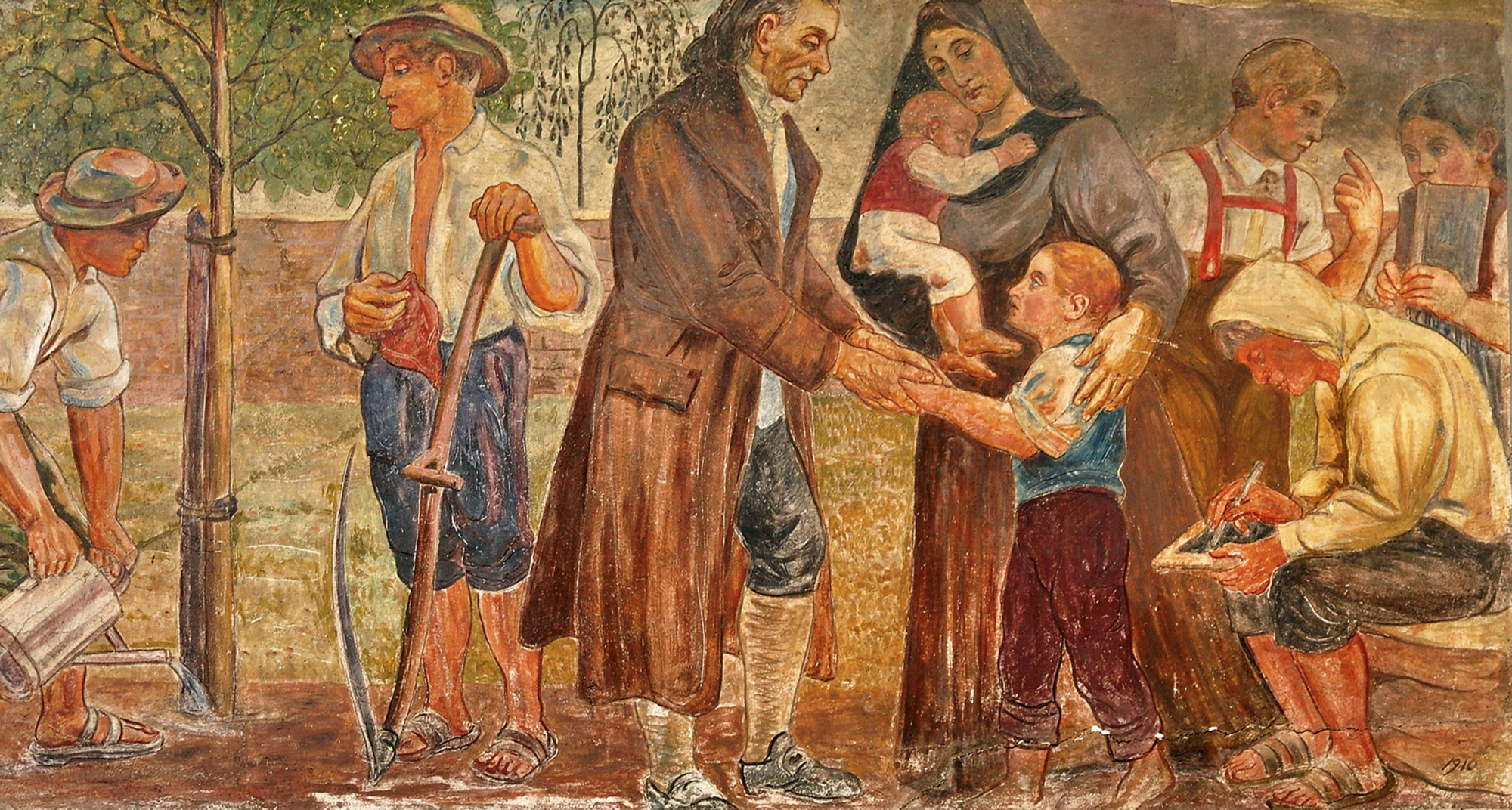Inventory / Material Wisdom
Learning from object lessons
Adrian Young
“Inventory” is a column that examines or presents a list, catalogue, or register.
“The slightest impact was sufficient to instantly reduce them to anti-matter!” declares Batman. “You mean they won’t be coming back?” asks his boy ward. “No Robin, not in this universe,” he replies. “Let that be an object lesson in the dangers of tampering with the laws of Mother Nature.”
An object lesson. The phrase is ubiquitous, and began to be widely used long before Batman’s teachable moment. In an address to naval cadets at Annapolis in 1906, Theodore Roosevelt held up John Paul Jones as an “object lesson” on manly disregard for death “to be taken into their innermost hearts,” while in 1939 Evelyn Waugh offered Mexico as an object lesson on the inherent failure of centralized economic planning.[1] An object lesson is, in its modern idiomatic usage, a specific example meant to demonstrate some inviolable but self-evident principle—and often offered as a warning to those who might stray from it.
But the “object lesson” is itself an object with its own history. Its genealogy stretches back to war-torn Napoleonic Switzerland and a Swiss education-reformer named Johann Heinreich Pestalozzi. A correspondent of Goethe and Herder, Pestalozzi founded a series of schools on Romanticist principles, beginning in 1798. His was a sentimental and hands-on pedagogy; students, under the sympathetic tutelage of facilitative teachers, were meant to become masters of their own education. Pestalozzi broke the world down into its most basic elements: words, sounds, and, at root, senses. From the latter, his pupils, like Condillac’s poor statue, were meant to reconstitute their physical, intellectual, and moral universe. They learned from nature, the home, the workshop, and, above all, the material object. Regard this window. Consider that tree. What do they feel like? What are they made of? What can they tell us?

Pestalozzi’s methods earned him admirers across the continent, and followers set up schools based on his principles.[2] In Britain, his greatest proponents were Charles and Elizabeth Mayo, an Anglo-Irish couple who, following an influential visit to the Swiss educator’s school in Yverdon, established a Pestalozzian program in Surrey. They adopted the master’s method of teaching from objects, which Elizabeth codified and collected in her 1831 book, Lessons on Objects. It contains what is likely the first printed iteration of the phrase “Object Lesson.” Mayo followed Lessons on Objects with two similar pedagogical collections, Lessons on Shells and Lessons on Common Things, versions of which stayed in print for the rest of the century.